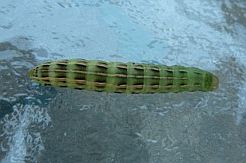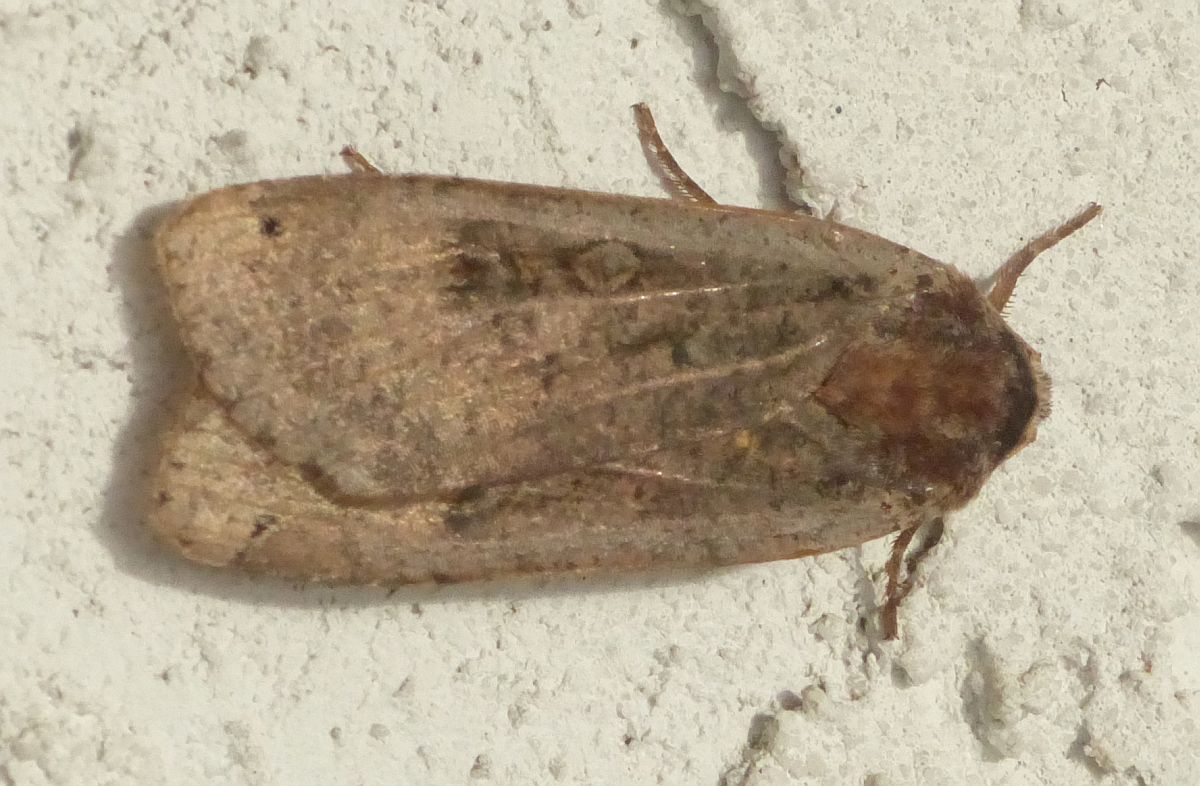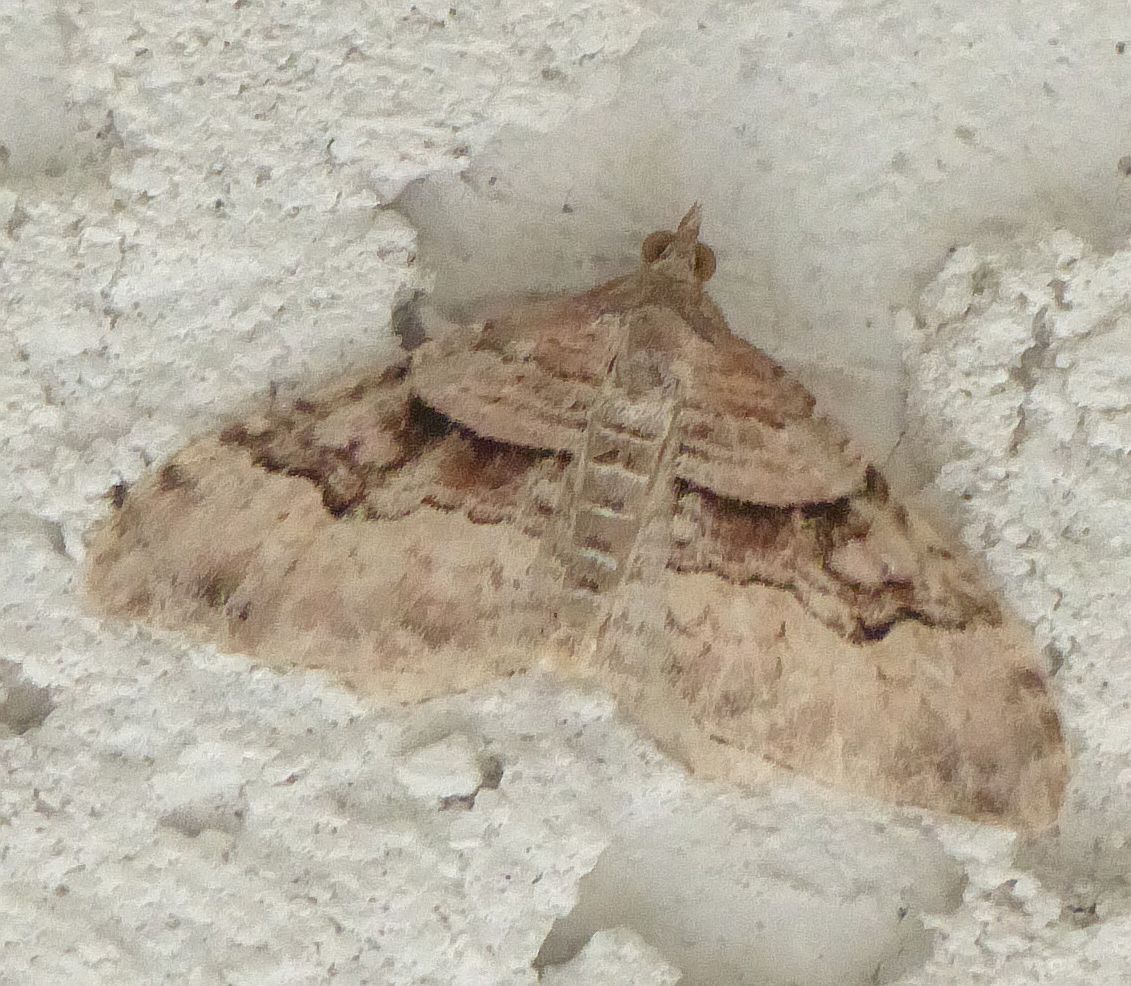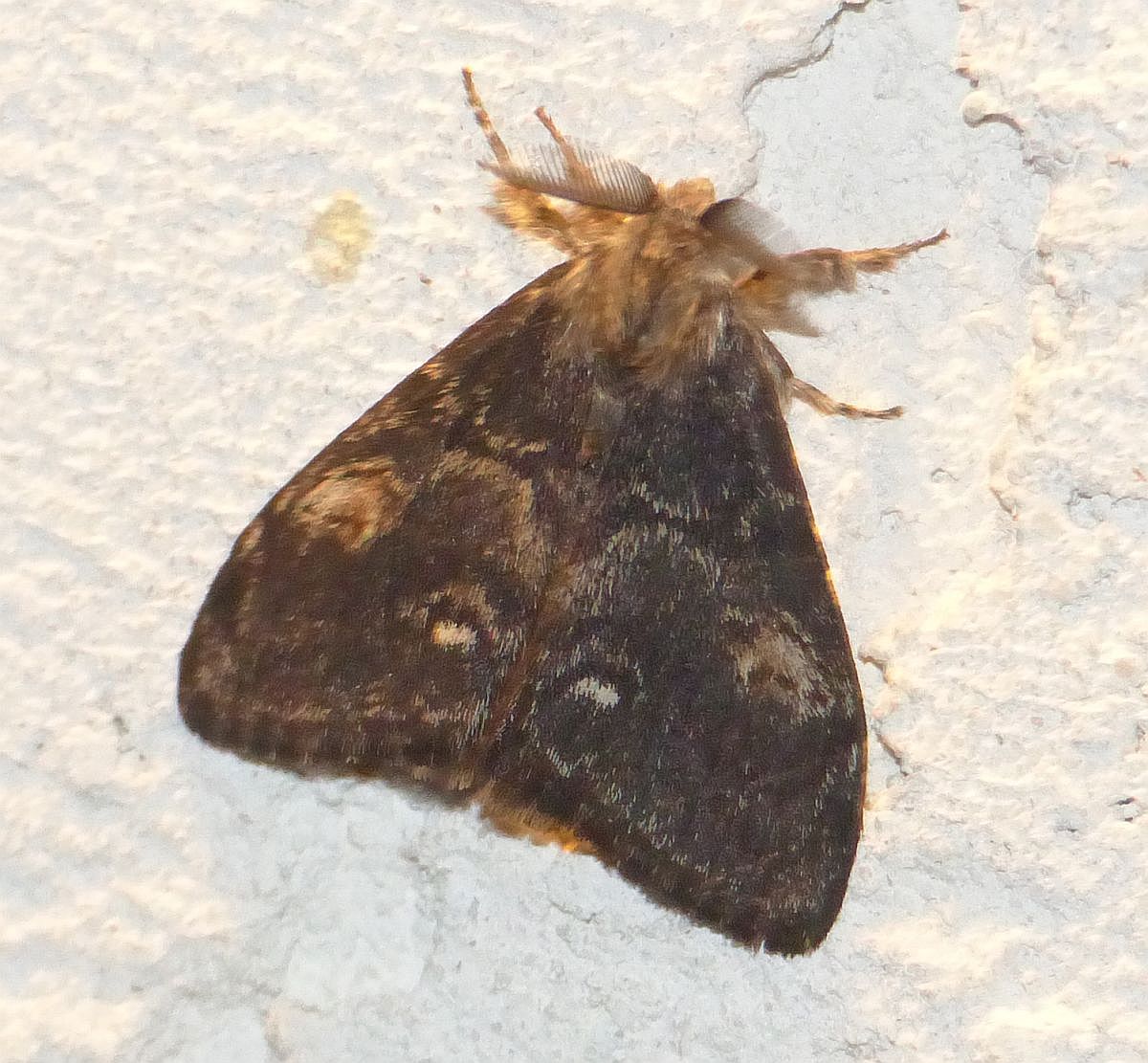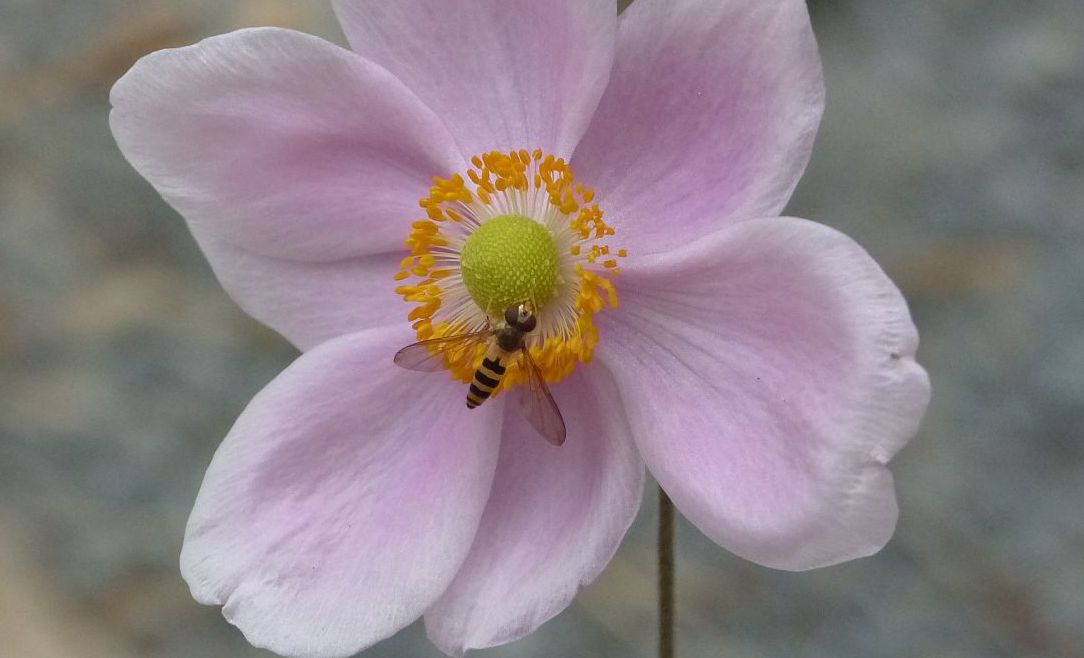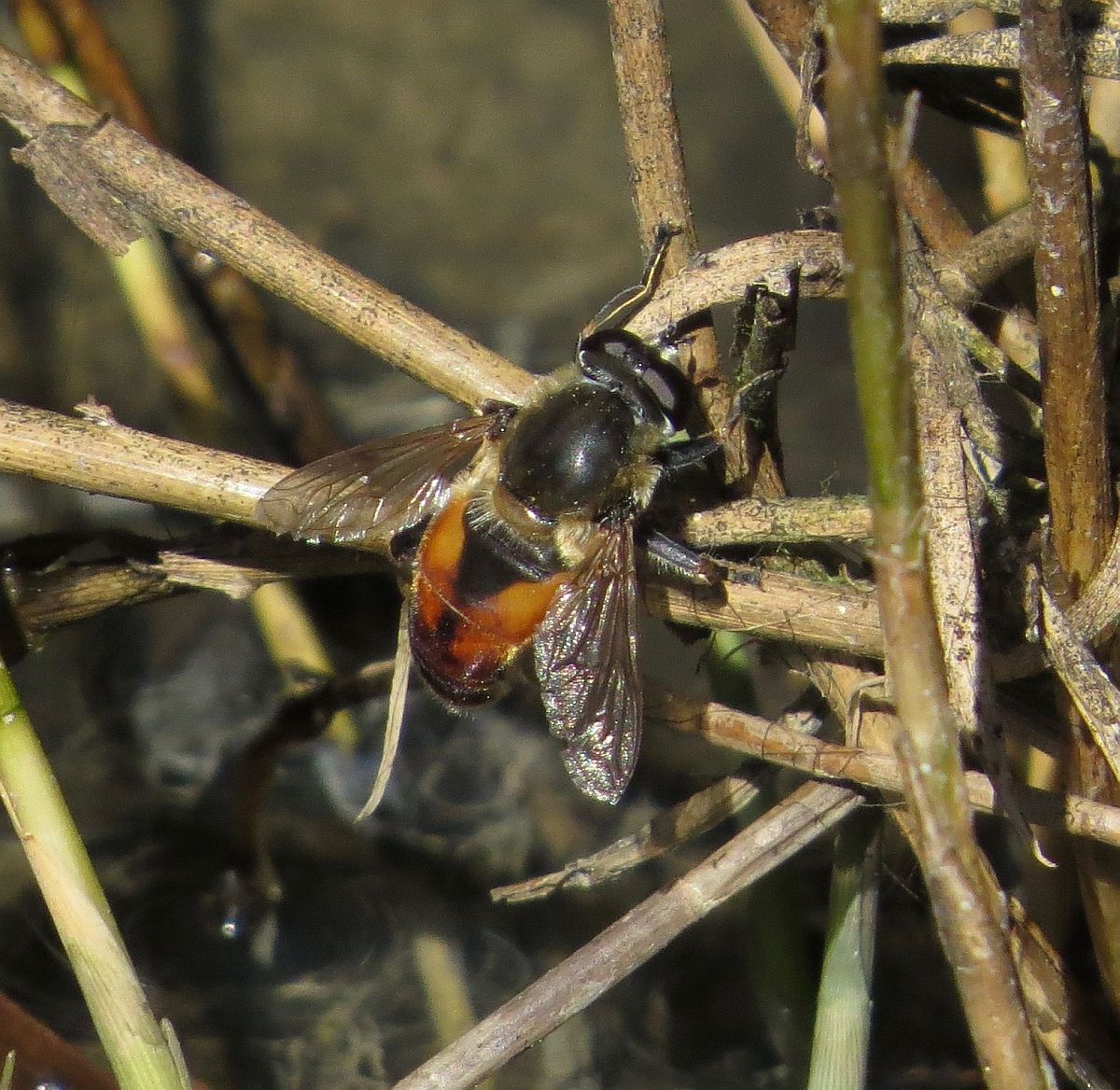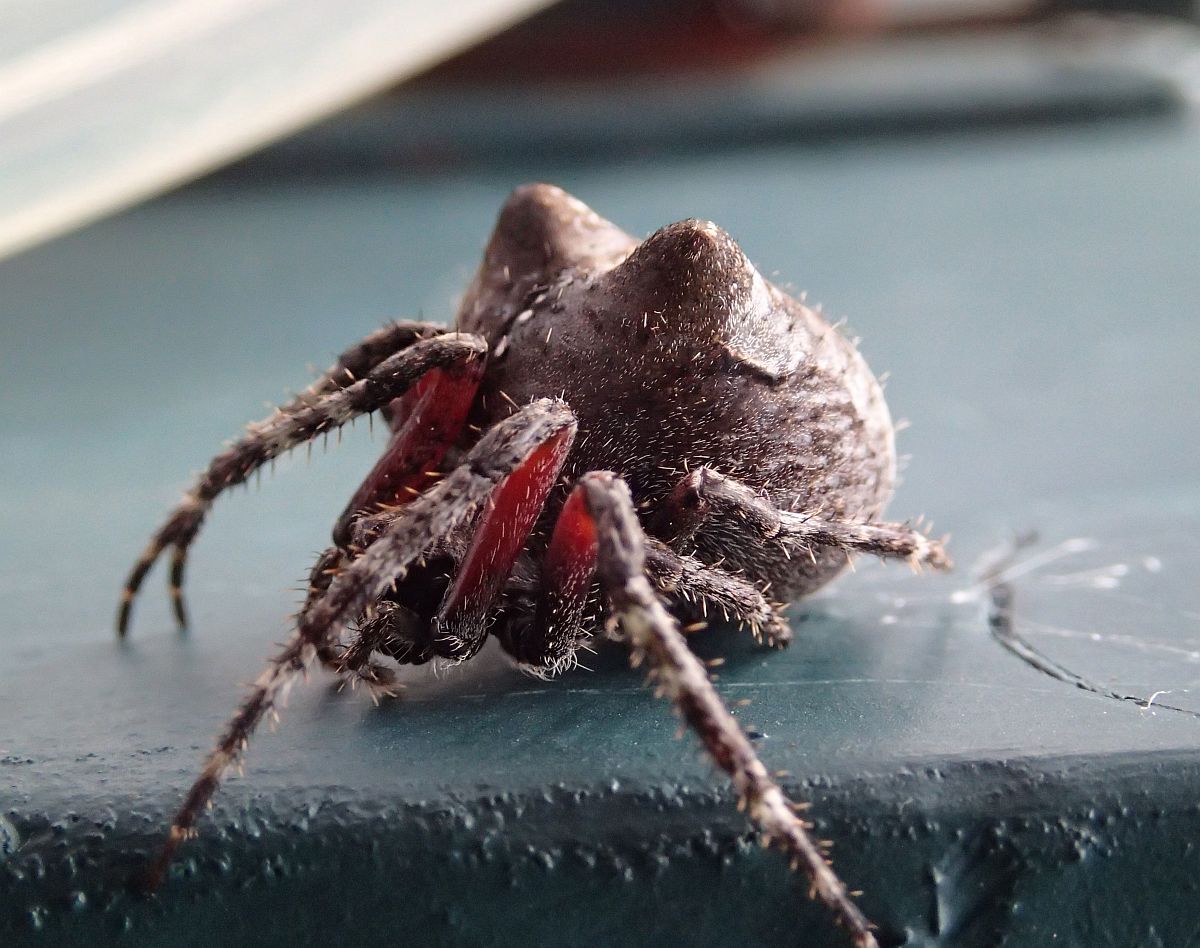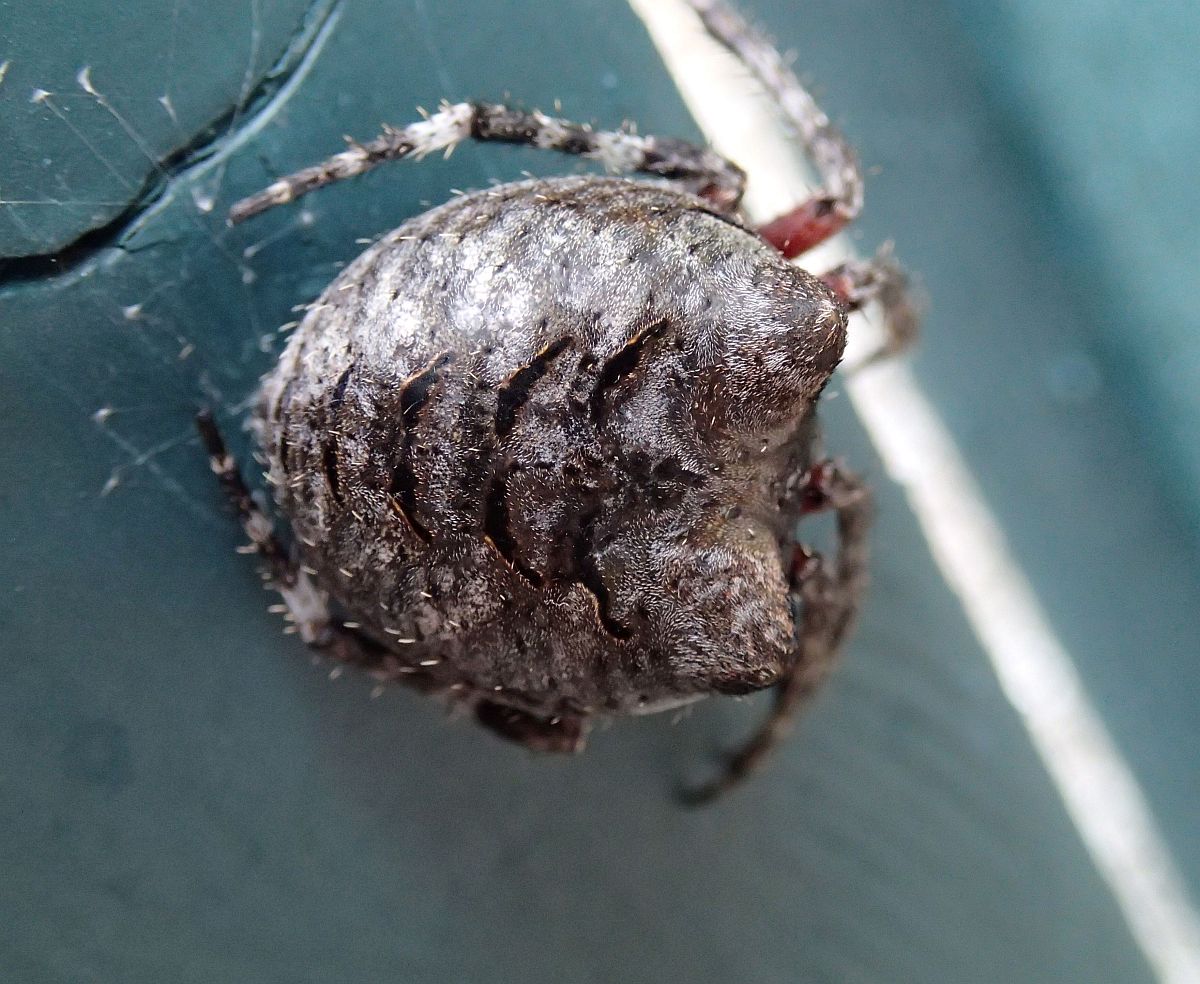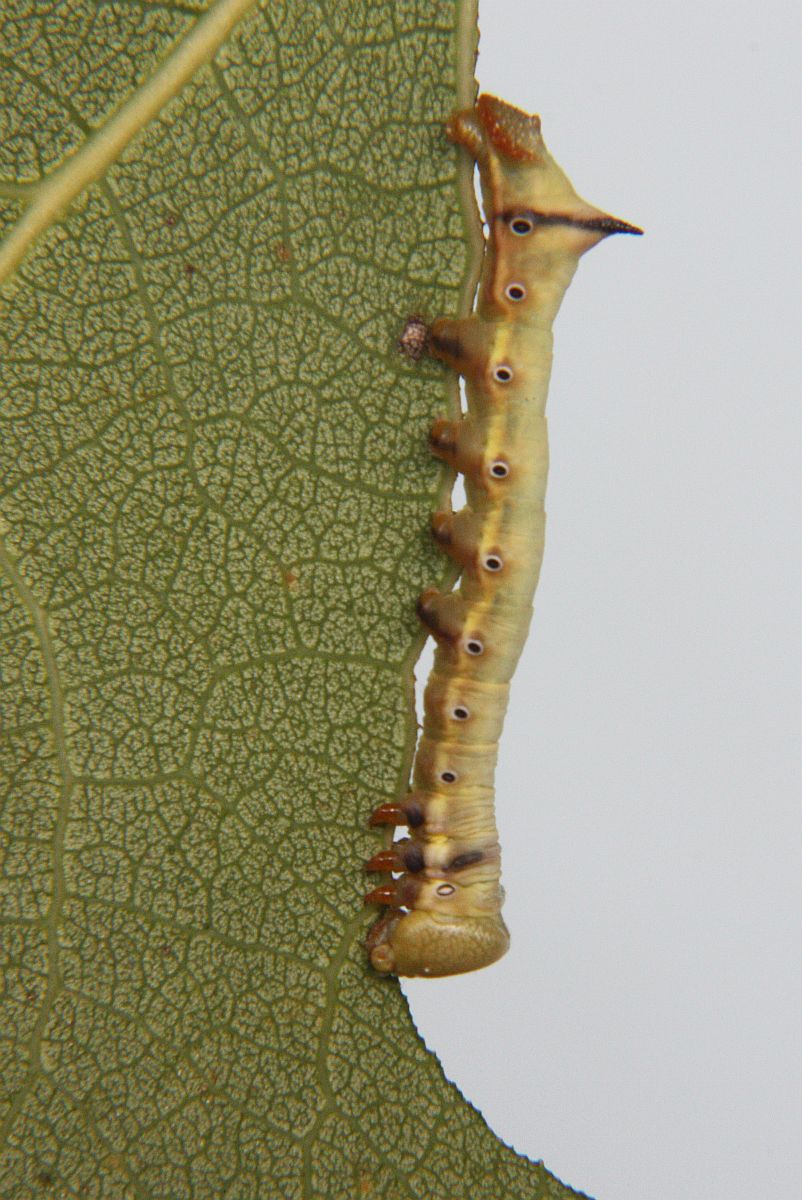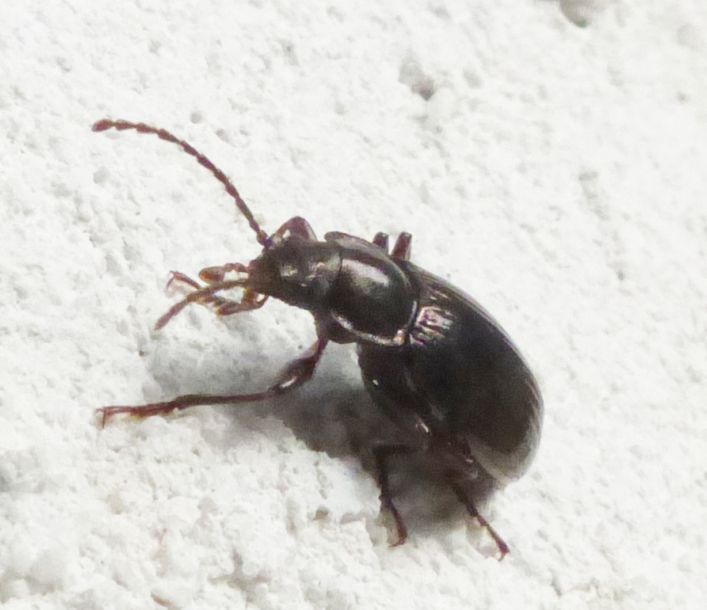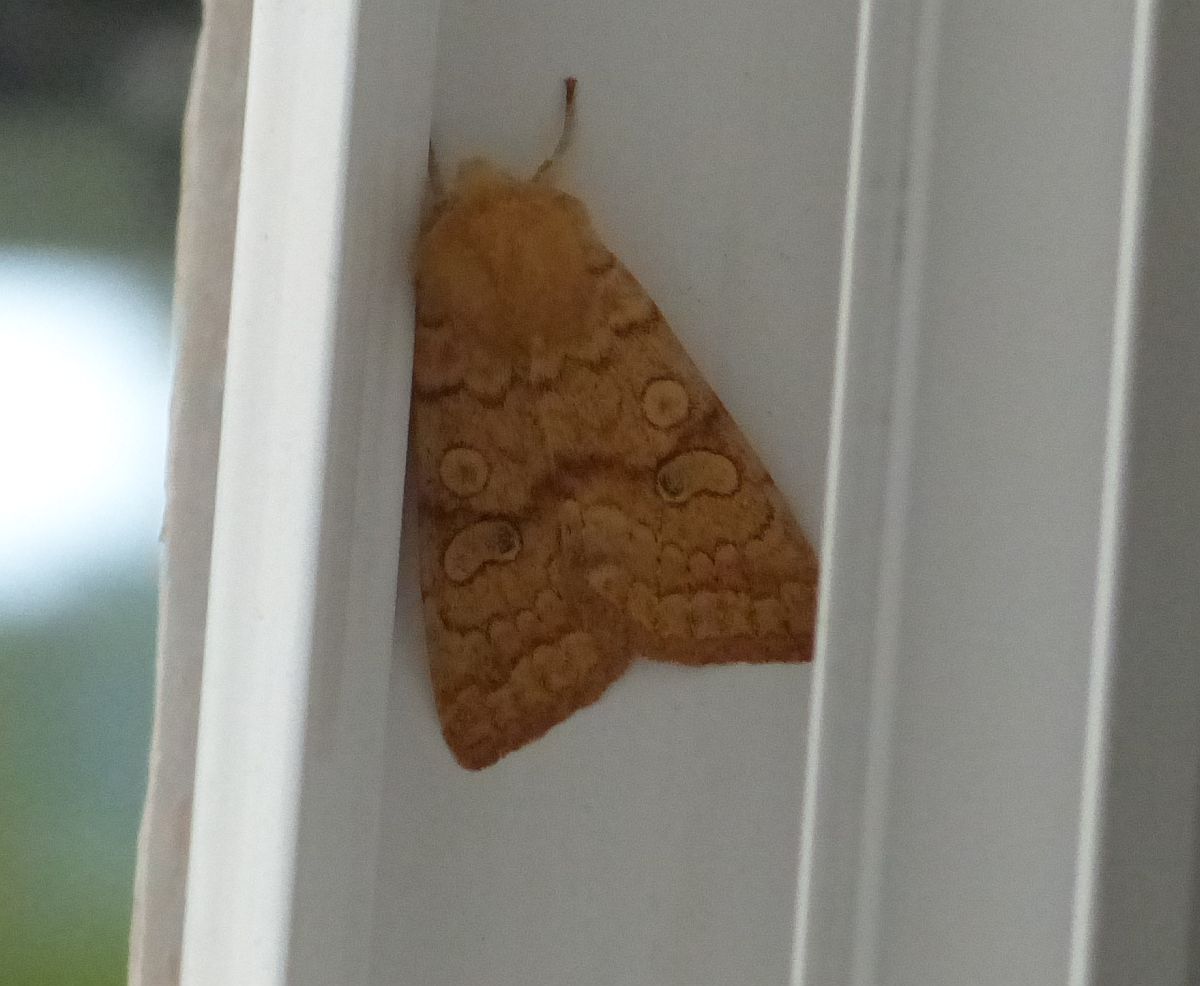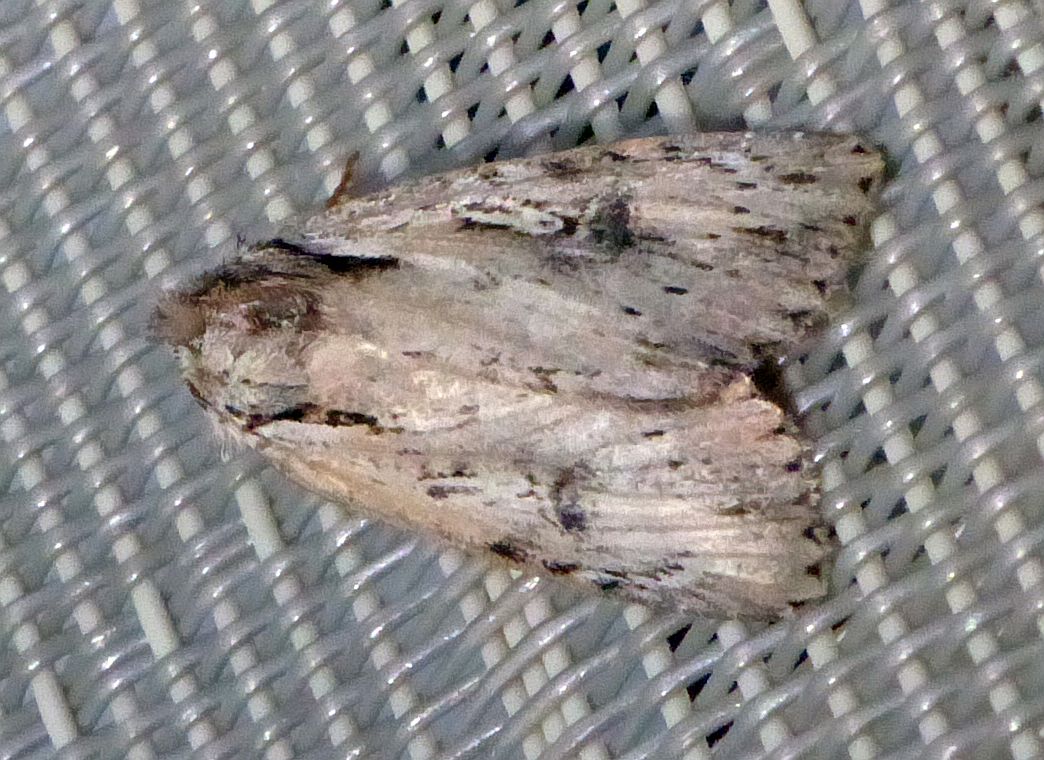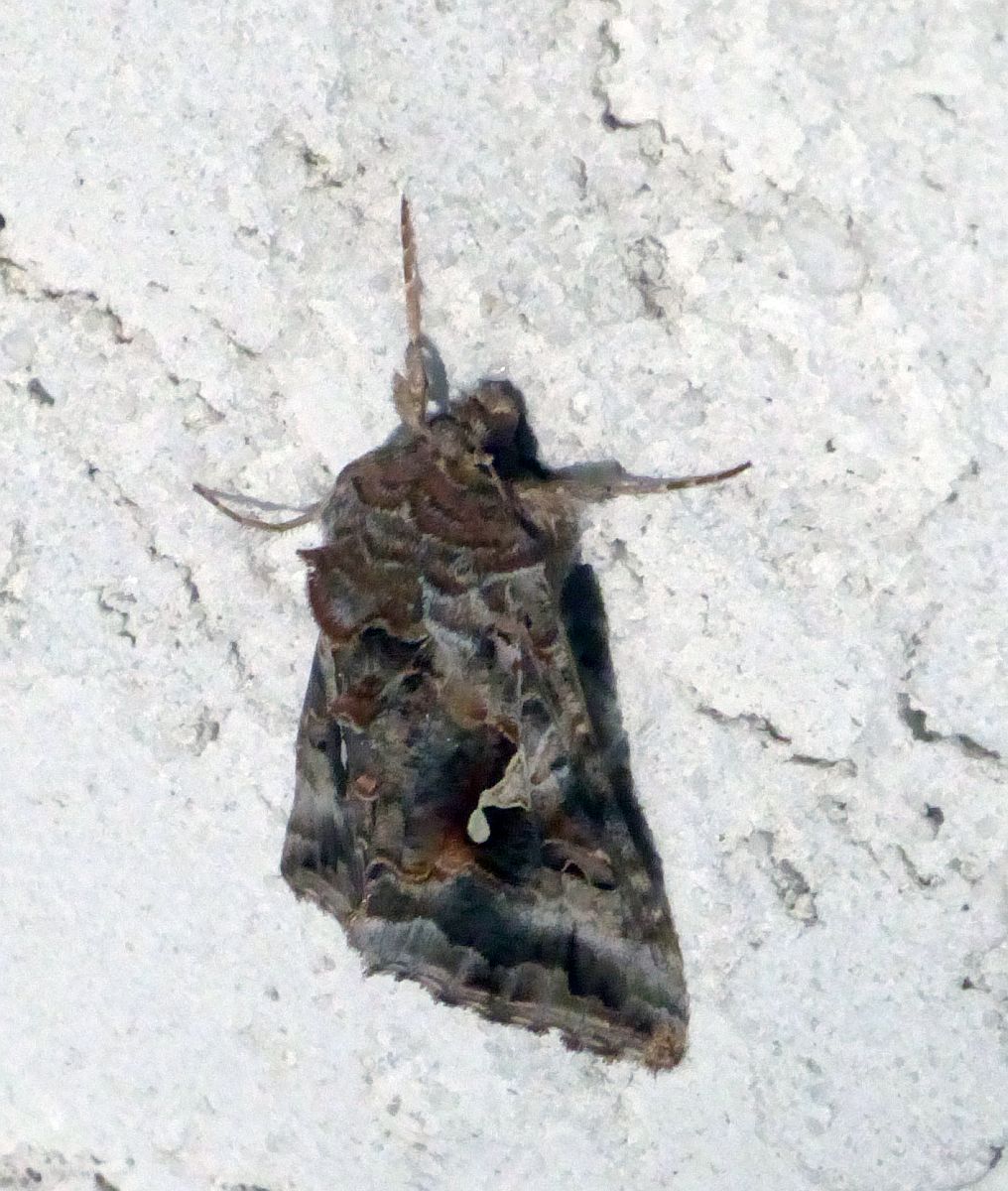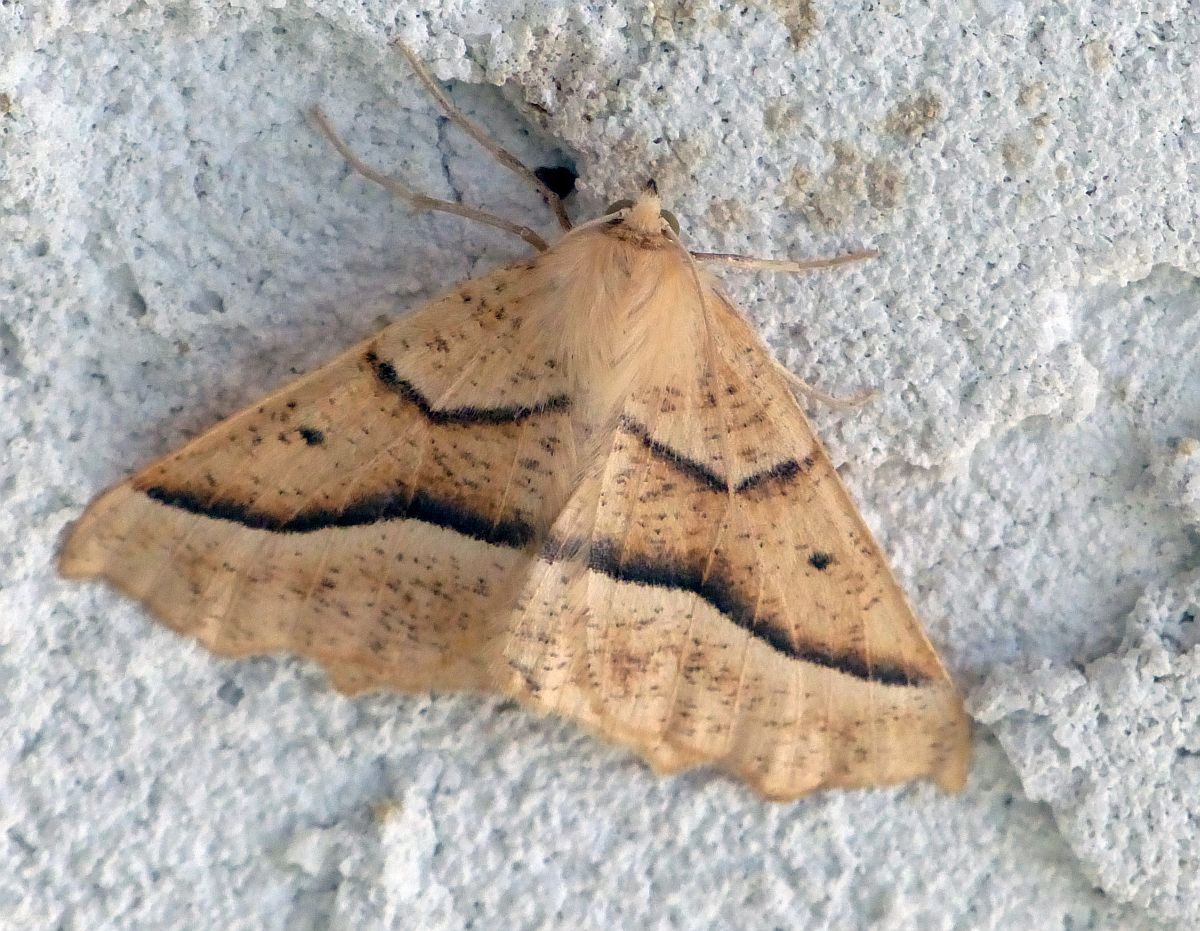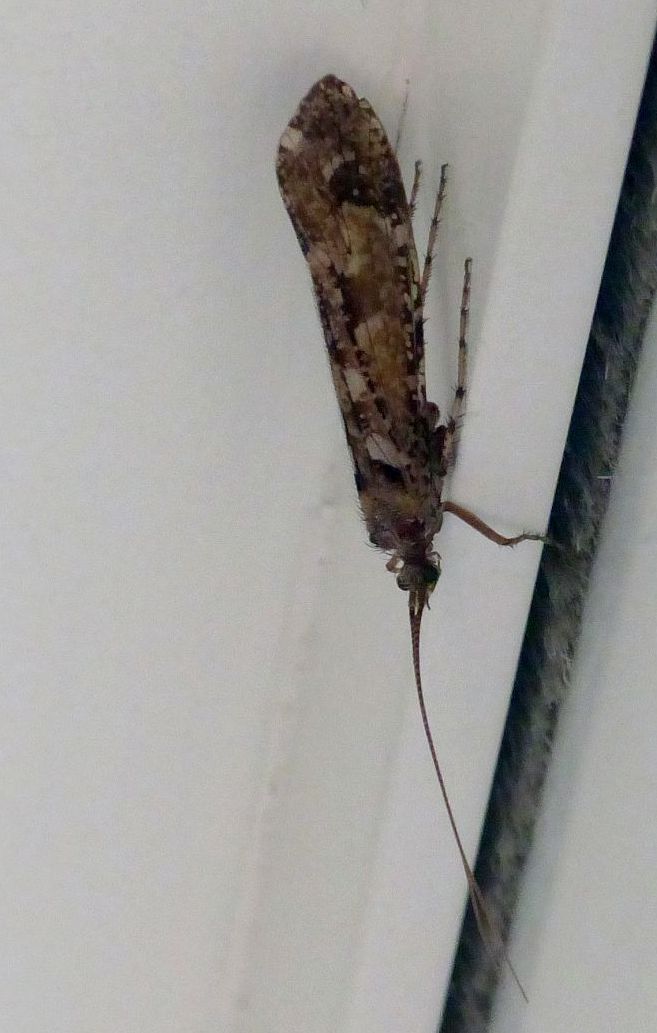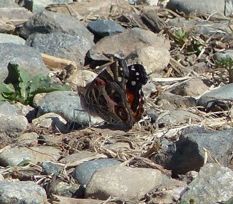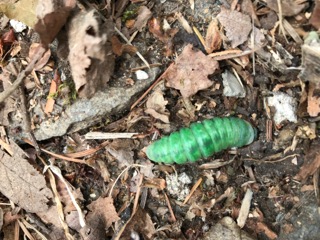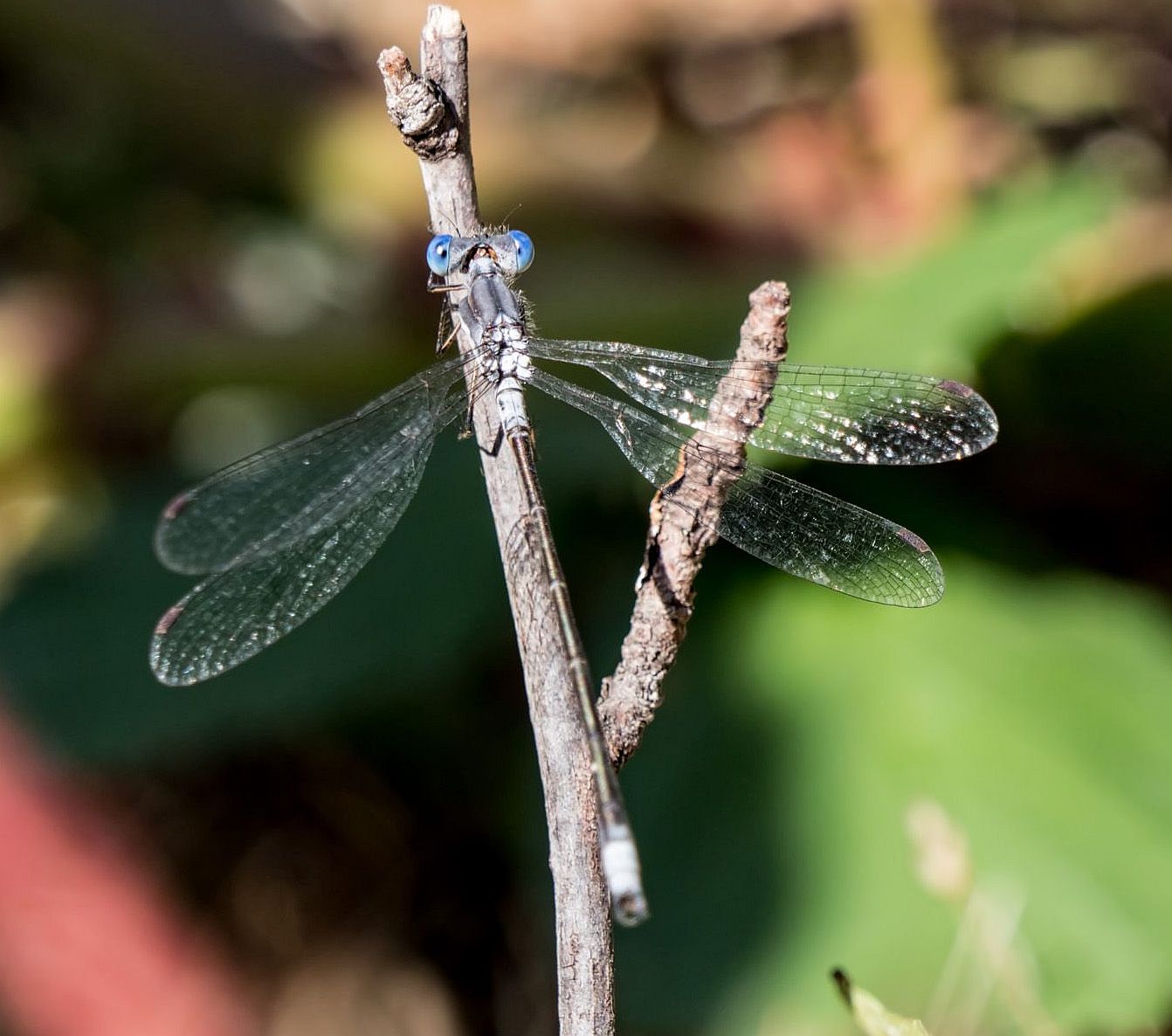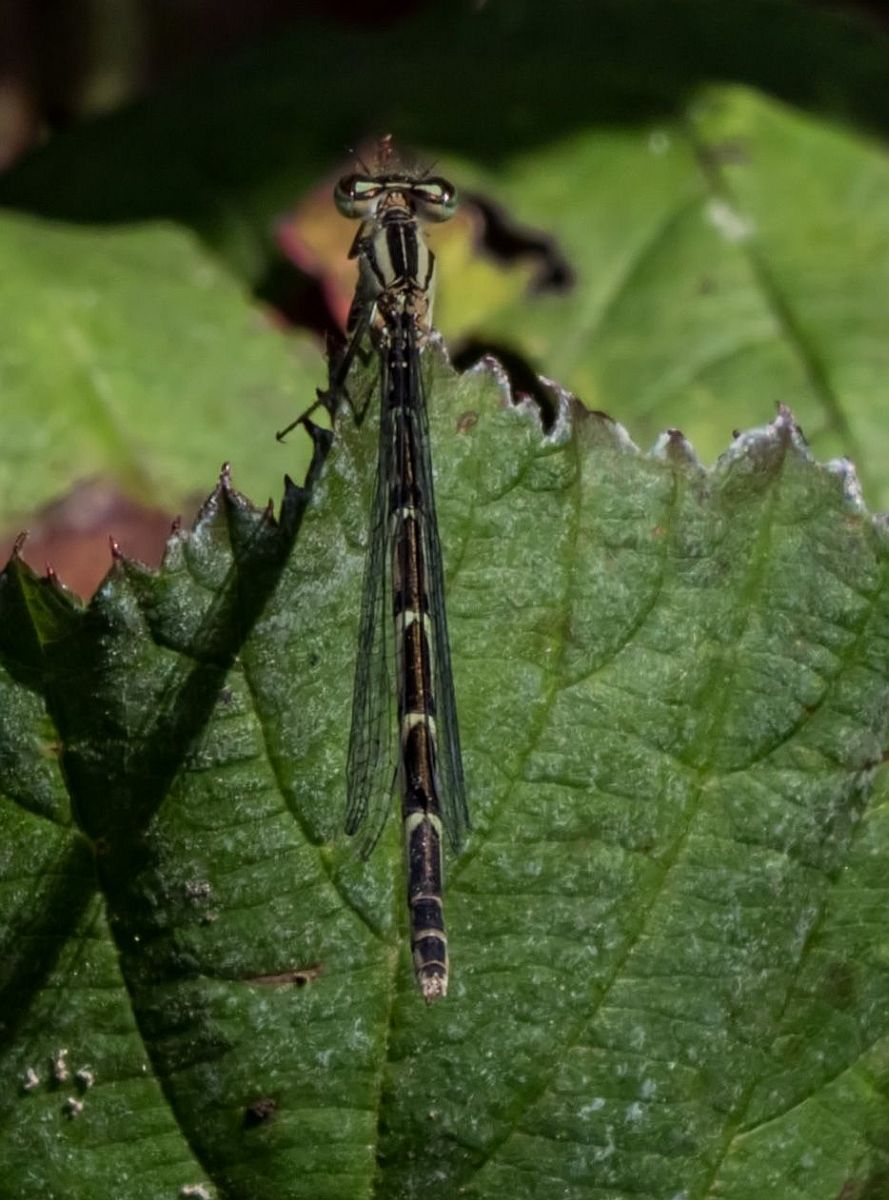2017 September 16
Jeremy Tatum writes: Here is an objet trouvé from Swan Lake. It is the empty skin of a chrysalis of a Lorquin’s Admiral hanging from an apple tree. The butterfly probably emerged from the chrysalis several months ago.

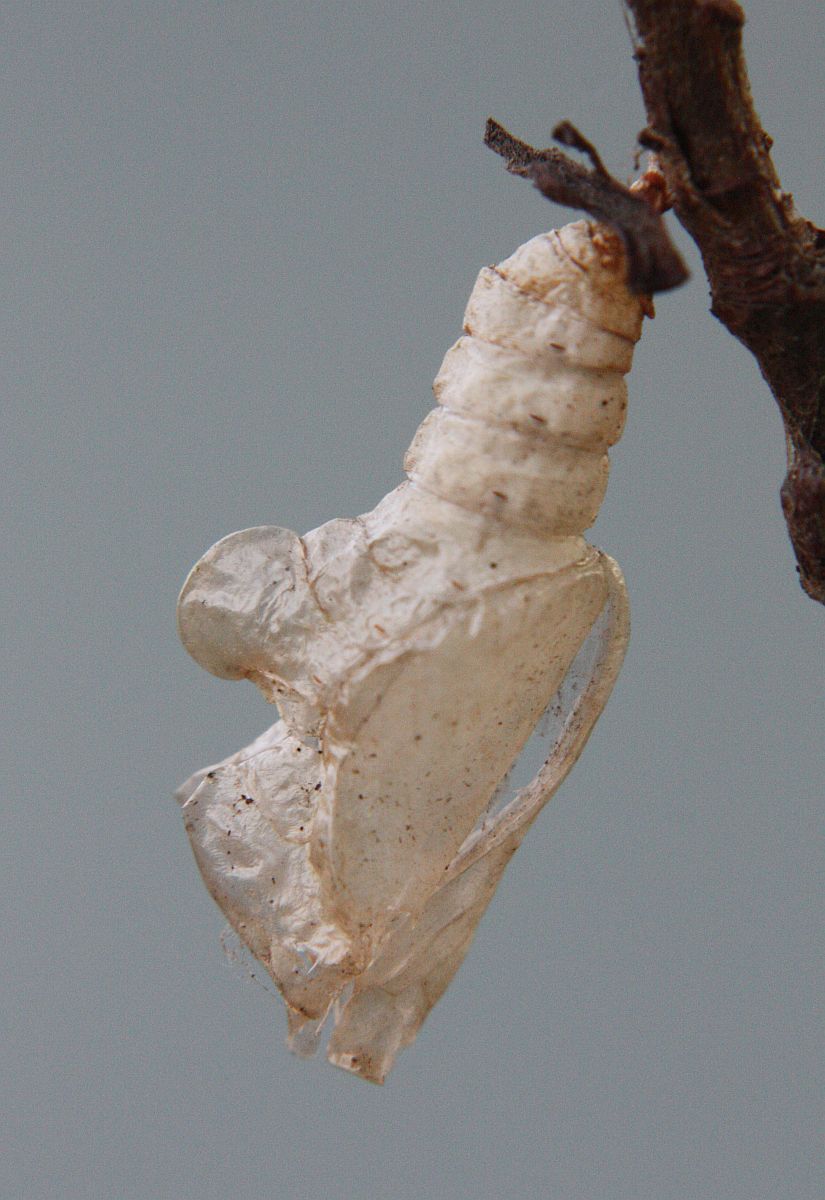
Lorquin’s Admiral Limenitis lorquini (Lep.: Nymphalidae)
Jeremy Tatum
The Cabbage White chrysalis below, however, is occupied! The butterfly might emerge later this year, but more likely next spring.

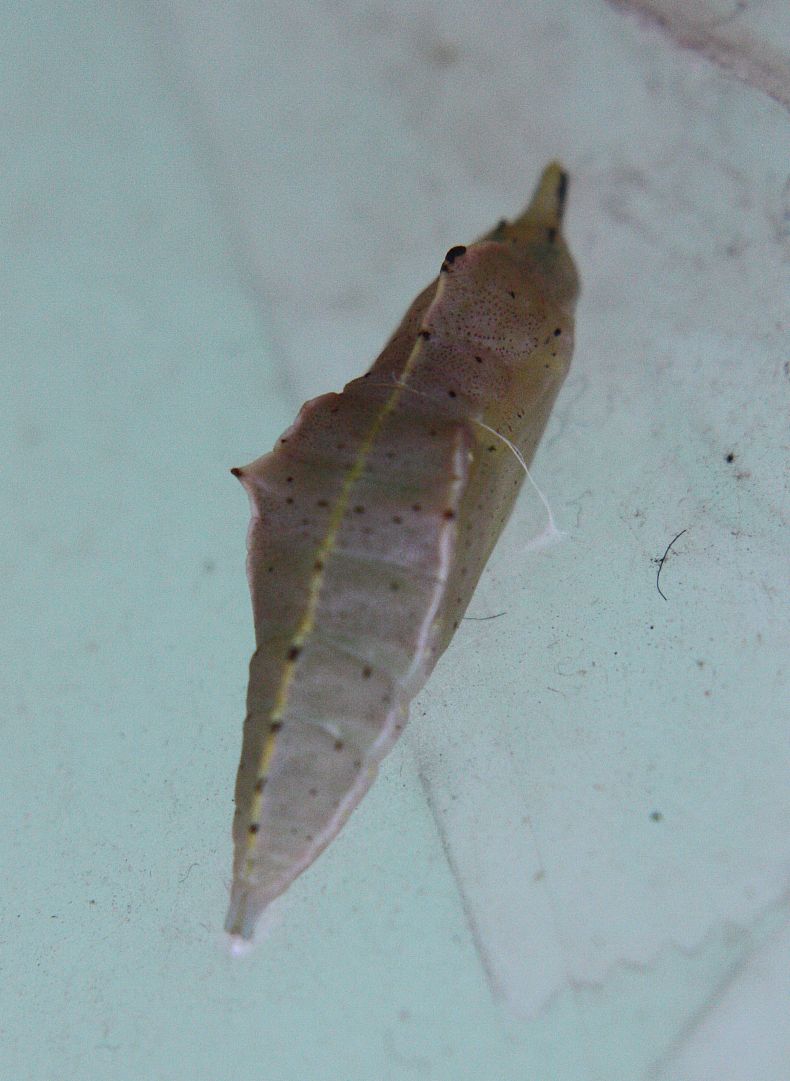
Cabbage White Pieris rapae (Lep.: Pieridae) Jeremy Tatum
Jochen Moehr sends some moth photographs from his home in Metchosin. We are very grateful to Libby Avis for identifying them for us.

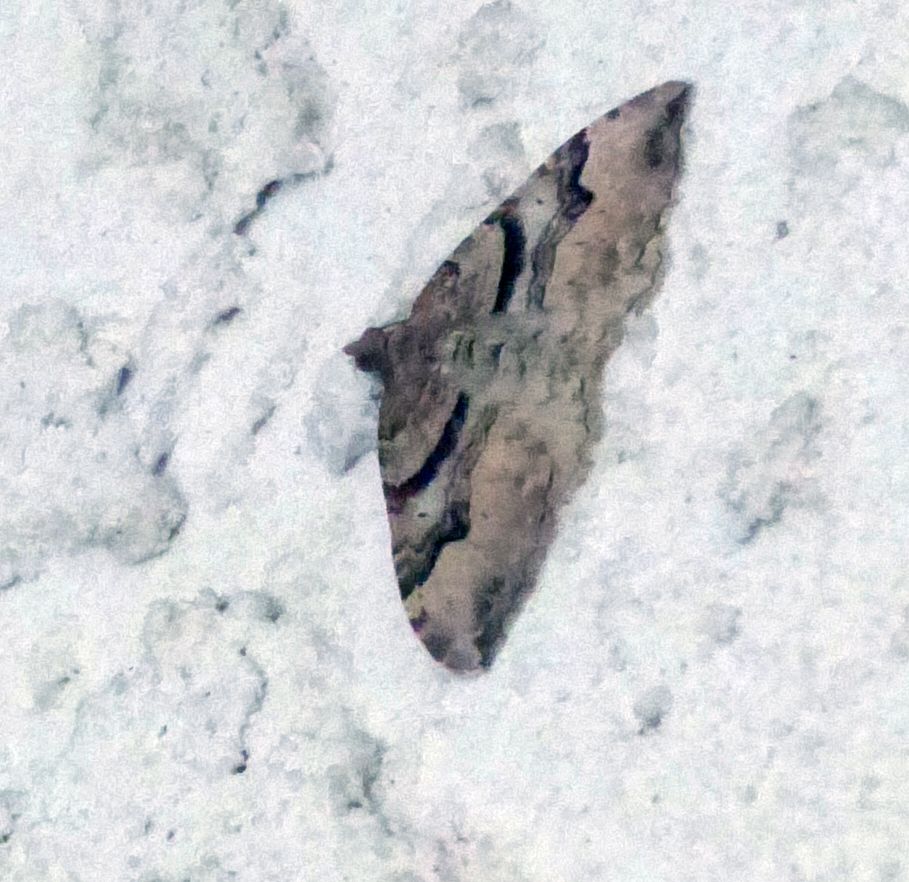
Xanthorhoe defensaria (Lep.: Geometridae) Jochen Moehr

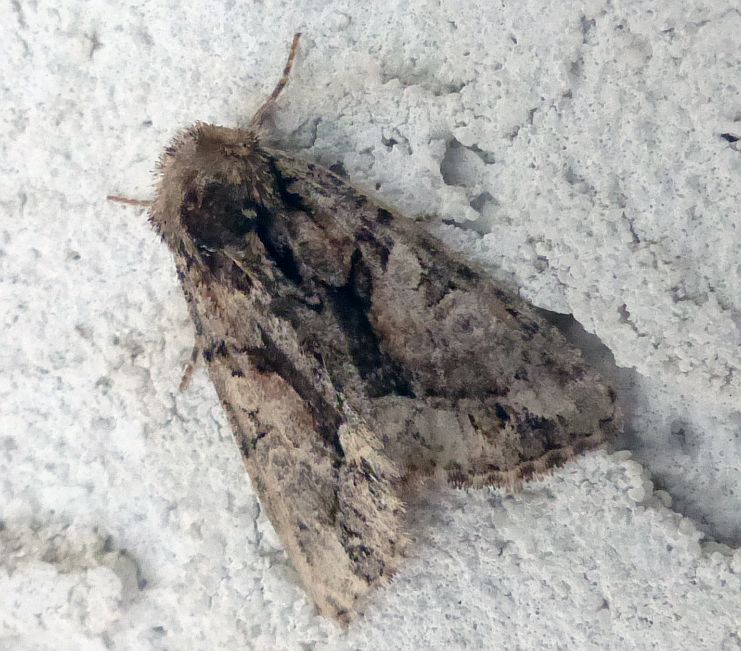
Oligia divesta (Lep.: Noctuidae) Jochen Moehr

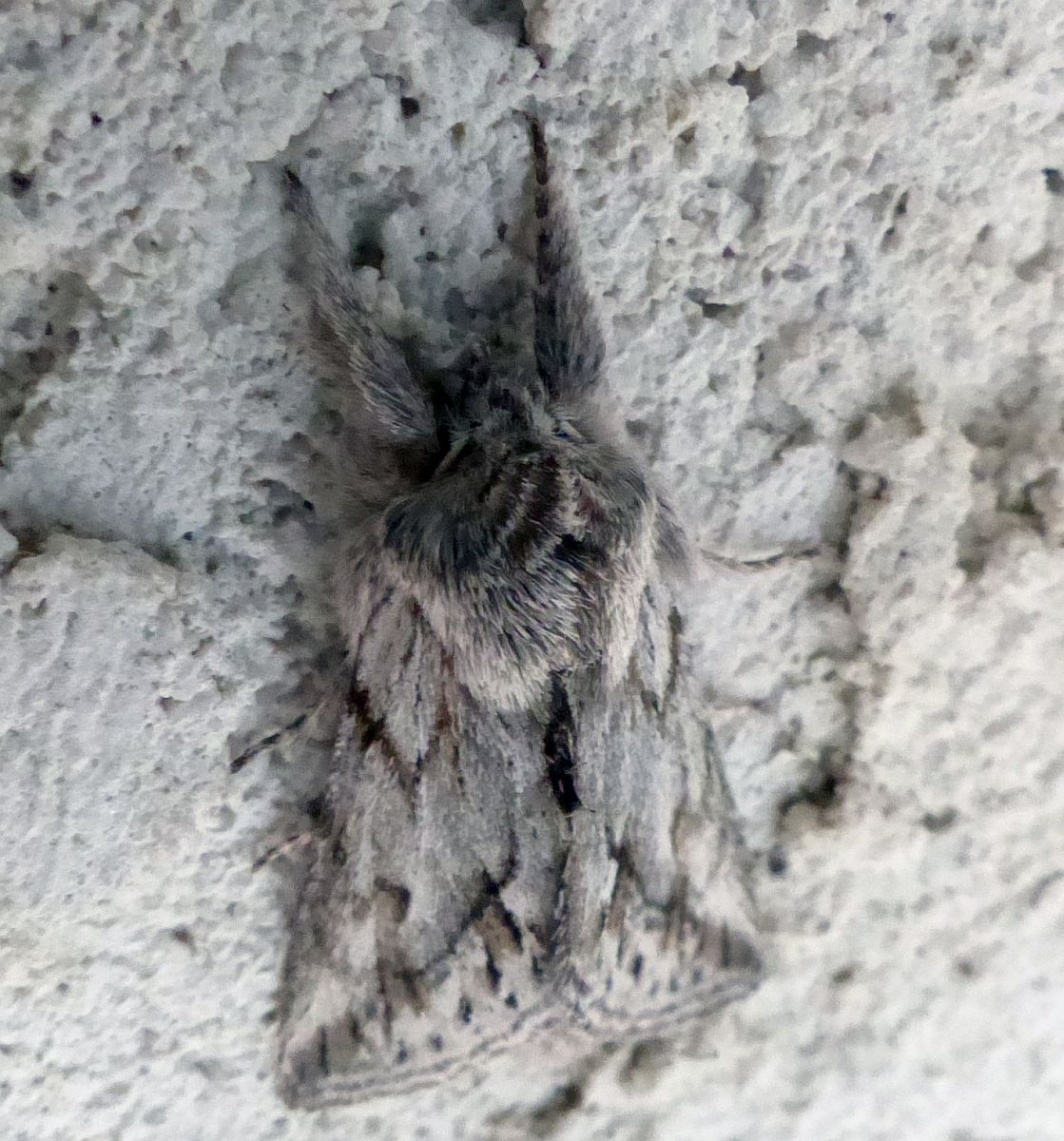
Pleromelloida cinerea (Lep.: Noctuidae) Jochen Moehr

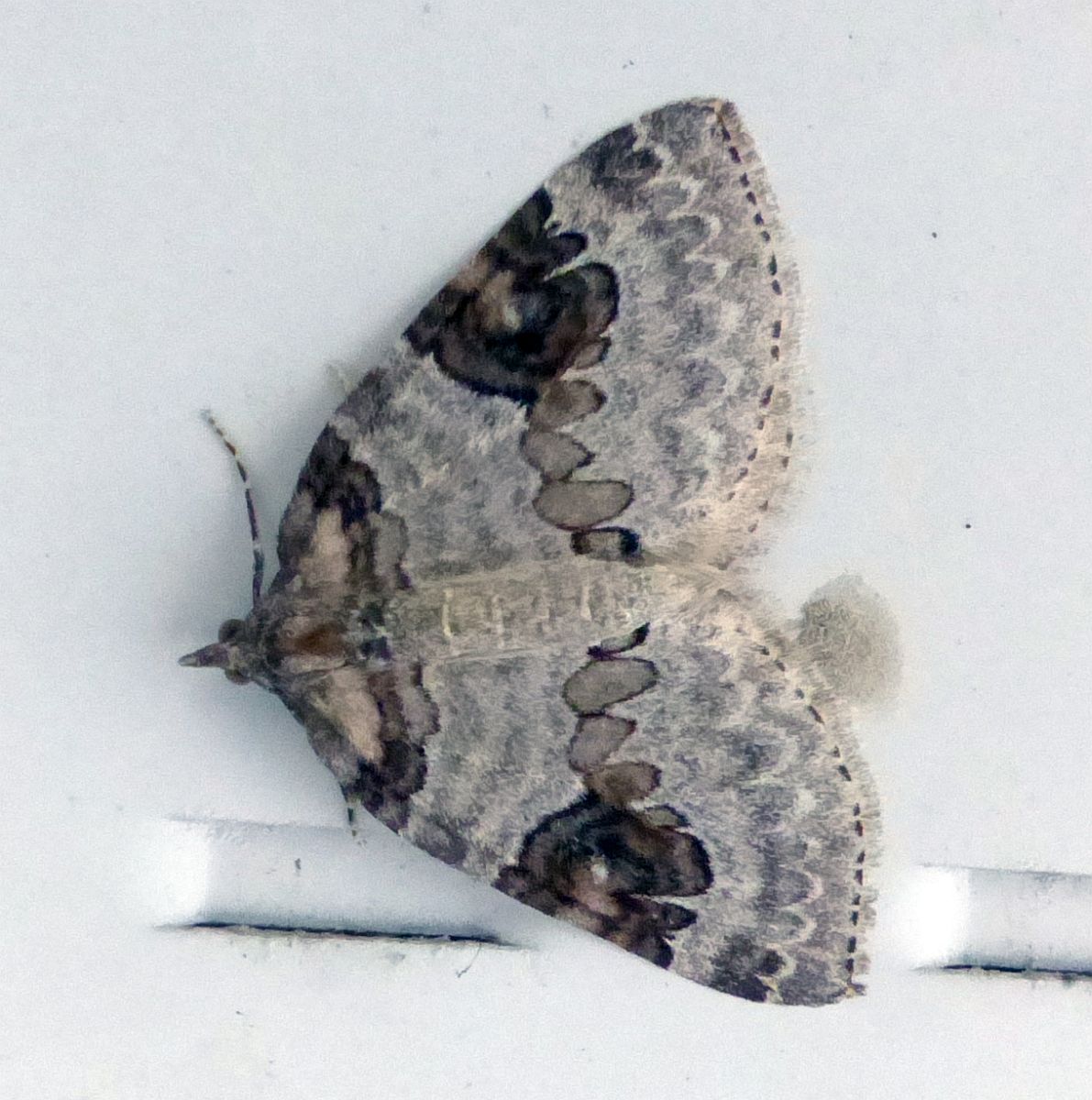
Plemyria georgii (Lep.: Geometridae) Jochen Moehr
The next one is a pug, and they are always difficult. Libby expresses some caution for her identification as probably E. graefii, though I think she has it just right. Looks like a very good fit to me (Jeremy Tatum)

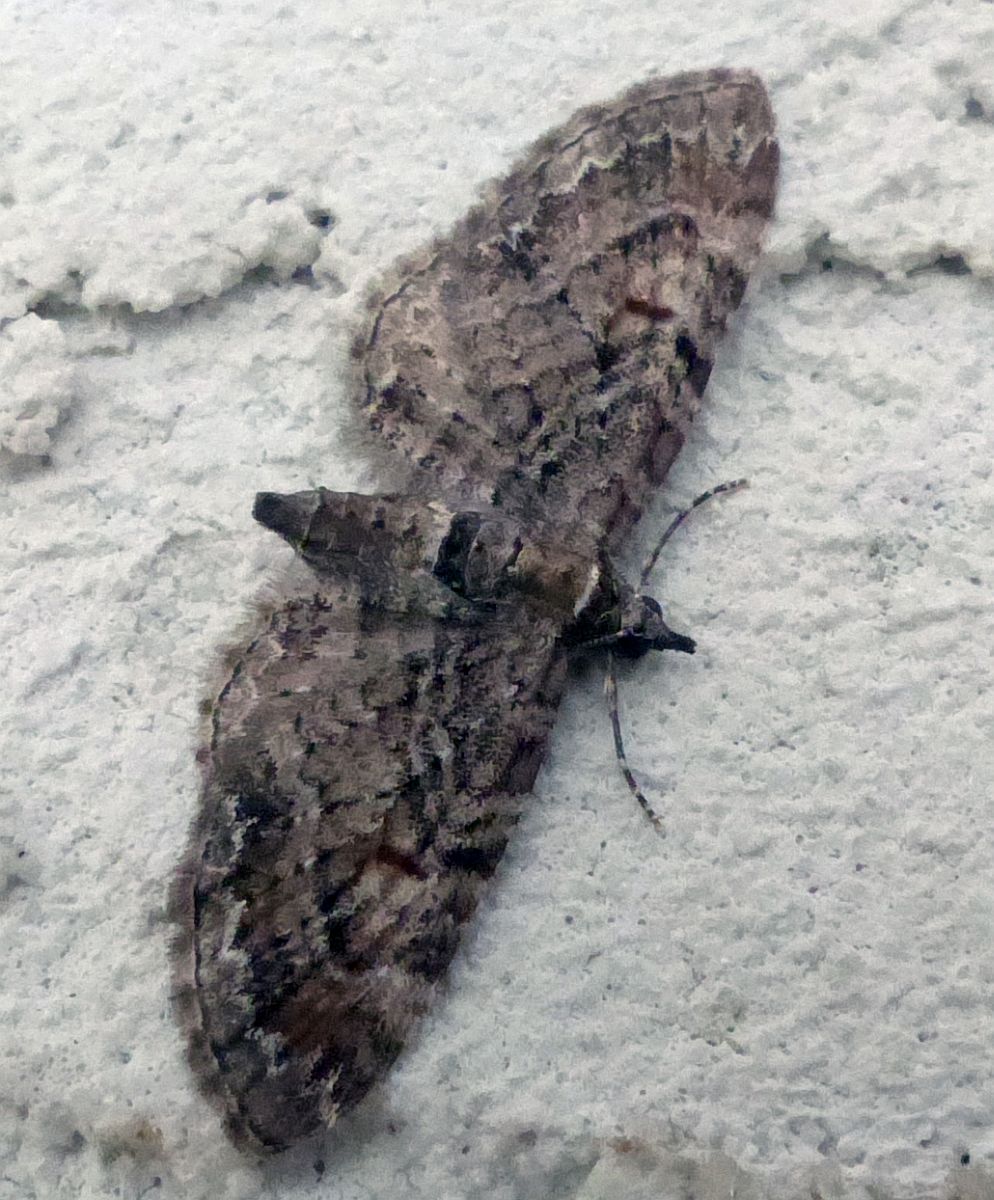
Eupithecia graefii (Lep.: Geometridae) Jochen Moehr
Libby writes that she has been seeing more than usual Nepytia phantasmaria in Port Alberni. She writes: Over a two week period at the beginning of September we were getting 10 or 12 a night – actually counted 28 on Septeber 6! I have attached a photo of three of them from September 4.

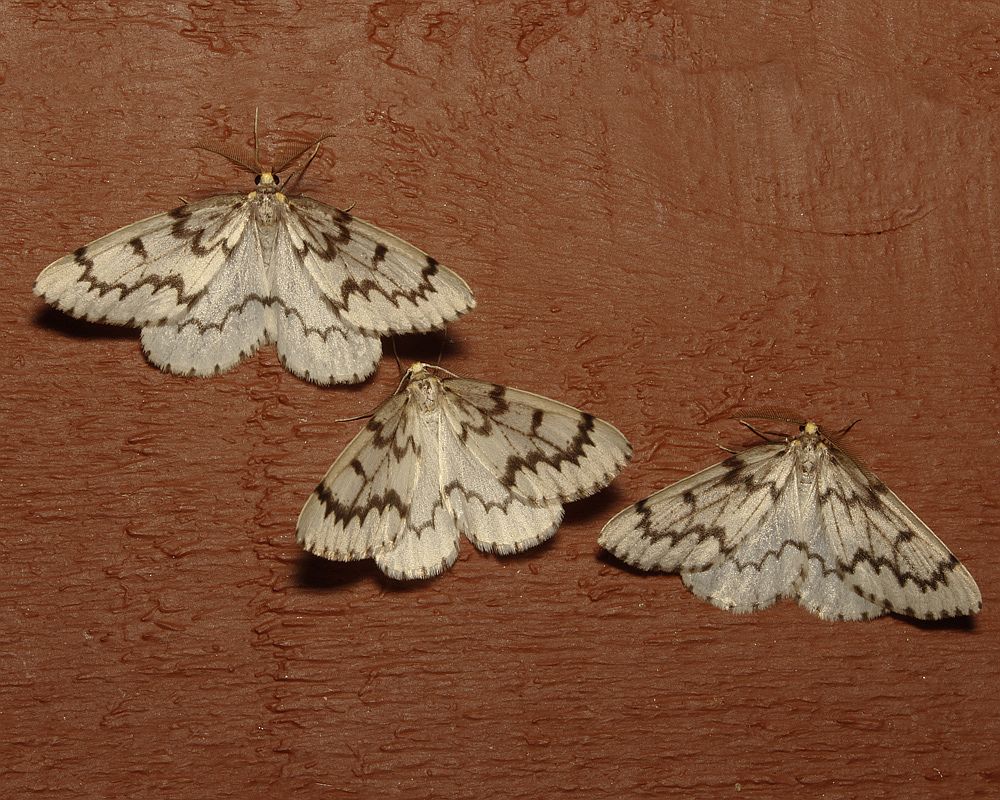
Nepytia phantasmaria (Lep.: Geometridae) Libby Avis
Rarity Alert!!!
Mike McGrenere writes: I had an Orange Sulphur last Sunday (September 10) at McIntyre reservoir along with an American Lady. There were about 40 Cabbage Whites as well. Yesterday (September 15) at the reservoir, there were only about 5 Cabbage Whites. I have attached photos of the butterflies.
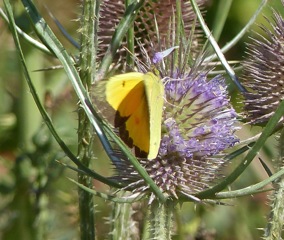
Male Orange Sulphur Colias eurytheme (Lep.: Pieridae)
Mike McGrenere

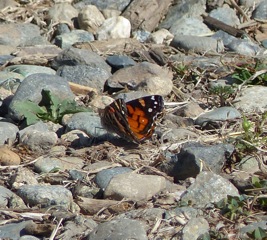
American Lady Vanessa virginiensis (Lep.: Nymphalidae)
Mike McGrenere
Jeremy Tatum reports a Red Admiral perched on the Mahonia just outside the entrance to the Mount Tolmie reservoir, 5:45 pm today.
Annie Pang is bravely taking on the task of rearing a caterpillar of a Spotted Tiger Moth – feeding, unusually, on birch.

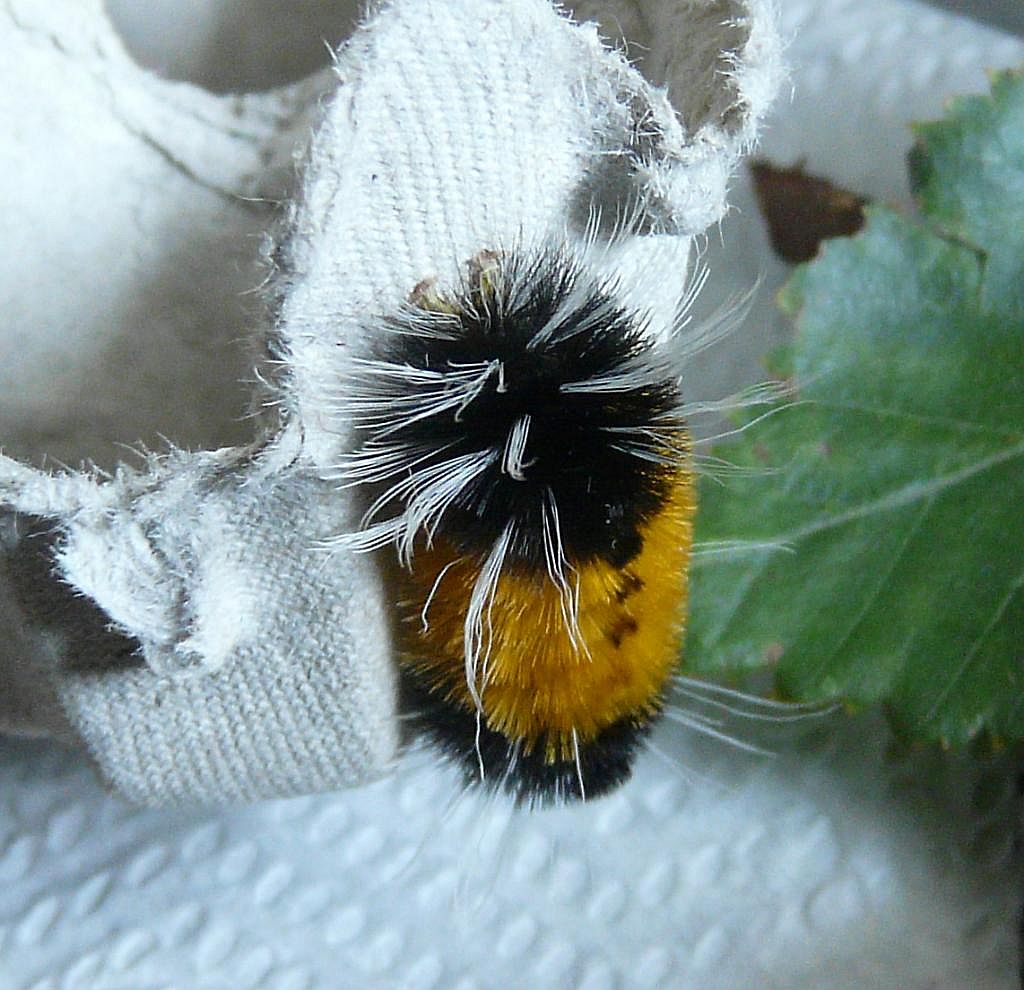
Spotted Tiger Moth Lophocampa maculata (Lep.: Erebidae – Arctiinae) Annie Pang

